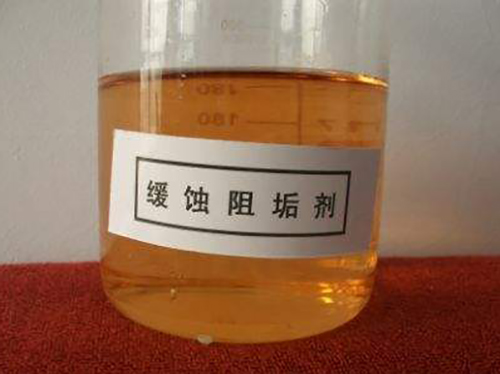Hydrolyzed Polymaleic Anhydride Applications and Benefits in Various Industries
Hydrolyzed Polymaleic Anhydride A Versatile Compound for Various Applications
Hydrolyzed polymaleic anhydride (HPMA) is a derivative of polymaleic anhydride, a synthetic polymer that has gained significant attention in various industries due to its unique properties and applications. This polymer is produced through the polymerization of maleic anhydride, which can then be hydrolyzed to yield a more functional and versatile compound. The hydrolysis process converts the anhydride groups into carboxylic acids, enhancing the solubility and reactivity of the polymer. This article delves into the characteristics, production, and applications of hydrolyzed polymaleic anhydride.
Characteristics of Hydrolyzed Polymaleic Anhydride
HPMA possesses several notable characteristics that make it suitable for various applications. One of its most significant properties is its high water-solubility, a result of the hydrolysis process. This solubility makes HPMA an excellent candidate for applications in aqueous environments. Additionally, HPMA has a high molecular weight, which contributes to its ability to form stable solutions, gels, and dispersions.
Another prominent feature of HPMA is its anionic nature. The carboxylic acid groups that arise from the hydrolysis confer acidic properties to the polymer, allowing it to interact with cationic species. This ionic character enhances the polymer's ability to act as a dispersant and stabilizer in various formulations, including paints, coatings, and detergents. Moreover, HPMA exhibits excellent thermal stability and resistance to hydrolysis, making it suitable for use in demanding applications.
Production of Hydrolyzed Polymaleic Anhydride
The production of hydrolyzed polymaleic anhydride typically involves the following steps
1. Polymerization of Maleic Anhydride The process begins with the polymerization of maleic anhydride, which can be achieved through bulk, solution, or suspension polymerization techniques. The choice of method depends on the desired molecular weight and properties of the final product.
2. Hydrolysis The resulting polymaleic anhydride is then subjected to hydrolysis, which can be accomplished using water, alcohols, or other nucleophiles under acidic or basic conditions. The hydrolysis process converts the anhydride groups into carboxylic acid groups, resulting in the formation of HPMA.
hydrolyzed polymaleic anhydride

3. Purification and Characterization The final step involves purifying HPMA to remove any unreacted monomers or by-products. Characterization techniques such as gel permeation chromatography (GPC), nuclear magnetic resonance (NMR), and infrared spectroscopy (FTIR) are employed to confirm the structure and molecular weight of the hydrolyzed polymer.
Applications of Hydrolyzed Polymaleic Anhydride
HPMA's unique properties enable its use in a wide range of applications across different industries
1. Water Treatment One of the most significant applications of HPMA is in water treatment processes. Its dispersing and chelating properties help in preventing scale formation and controlling corrosion in cooling water systems.
2. Oil and Gas Industry In the oil and gas sector, HPMA is utilized as a scale inhibitor and a viscosity reducer, enhancing the efficiency of oil recovery processes.
3. Personal Care Products The cosmetic industry incorporates HPMA as a thickening agent and stabilizer in lotions, creams, and shampoos, where its anionic nature contributes to product stability and viscosity.
4. Coatings and Paints HPMA serves as an effective dispersant in paint formulations, contributing to improved stability and uniformity of pigments.
5. Food Industry HPMA is also explored for food applications, particularly in food packaging, due to its barrier properties and non-toxic nature.
In conclusion, hydrolyzed polymaleic anhydride is a versatile polymer with a wide array of applications due to its unique characteristics and properties. Its ability to interact with various substances makes it valuable in industries ranging from water treatment to personal care. As research and development in polymer chemistry continue to advance, the potential uses of HPMA are likely to expand, further cementing its role as a crucial compound in modern applications.
-
Water Treatment with Flocculant Water TreatmentNewsJun.12,2025
-
Polymaleic AnhydrideNewsJun.12,2025
-
Polyaspartic AcidNewsJun.12,2025
-
Enhance Industrial Processes with IsothiazolinonesNewsJun.12,2025
-
Enhance Industrial Processes with PBTCA SolutionsNewsJun.12,2025
-
Dodecyldimethylbenzylammonium Chloride SolutionsNewsJun.12,2025





